Stuart Forster provides an overview of some of the many things to do in Latgale, Latvia. Here’s a look at 28 reasons to visit the Latgale region.
Some of the links and banners below have affiliate links, meaning, at no additional cost to you, I will earn a commission if you click through and make a purchase.
Latgale is one of Latvia’s four regions. Kurzeme, Vidzeme and Zemgale are the others.
Daugavpils is the region’s biggest city. It is the second-largest urban hub in the country and home to nearly 83,000 people. Driving the 232 kilometres (144 miles) between Riga and Daugavpils takes around three hours.
In the east of the country, Latgale borders Belarus and Russia. Polish counts once exerted influence in the region, which has changed hands several times. Inevitably, each regime has left marks on the region’s history and heritage. Latgale has a distinct identity.
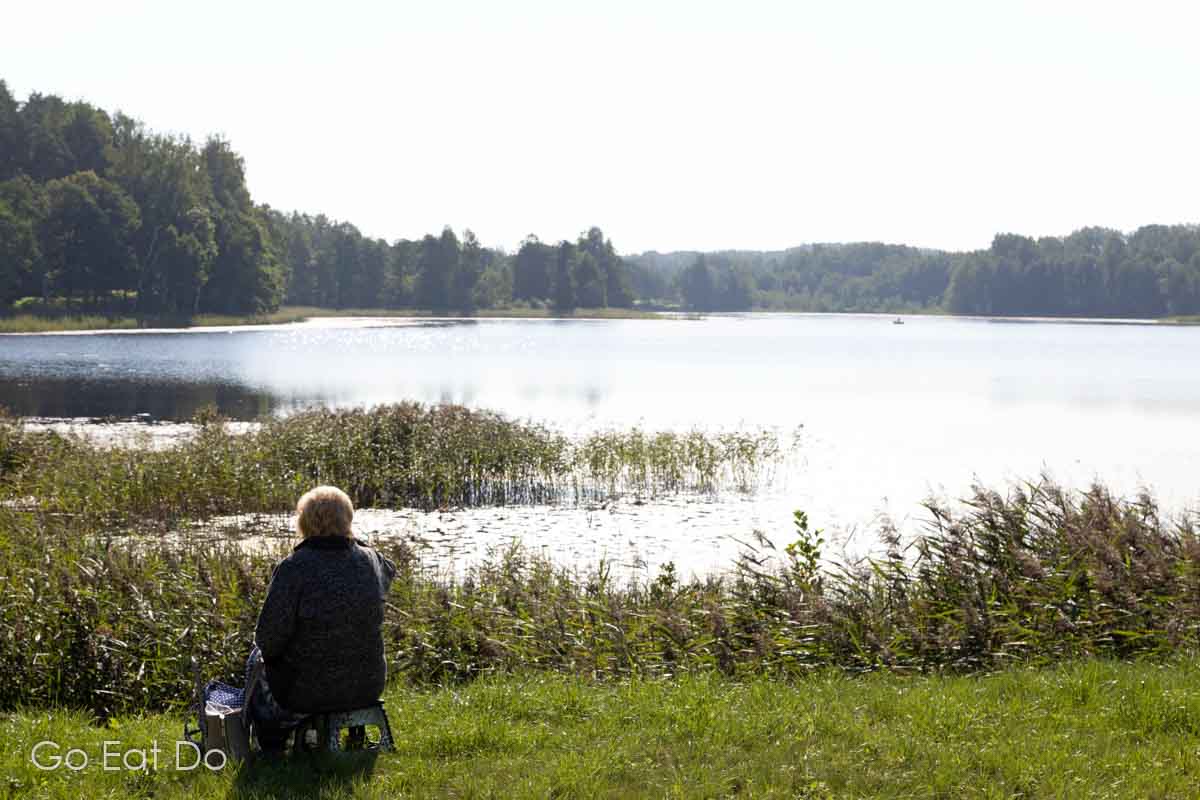
Latvia’s answer to Scotland?
“If you compare Latvia to Britain, Latgale is a bit like Scotland. Latgale has its own heritage and identity. As soon as somebody from Latgale speaks, we Latvians know where they are from,” explained Arturs, my guide.
Many people in the region speak Latgalian rather Latvian. Many others speak Russian. This explains why Latgale is a popular destination among people looking to improve their Russian language skills. It’s possible to attend language schools and, in places, be immersed in the language.
“I hope you brought your appetite?” asked Arturs as we neared Daugavpils. I regard tasting local cuisine as one of the great joys of travelling and nodded. Arturs smiled. Latgale has a reputation within Latvia for its culinary heritage and hearty portions. Perhaps that’s a legacy of the region’s agricultural traditions
The Land of Blue Lakes
The region is nicknamed ‘the Land of Blue Lakes’. Approximately 1,200 lakes speckle Latgale’s landscape making it an attractive destination for anyone who enjoys outdoor adventures, including kayaking, stand-up paddle boarding and other forms of paddling. Local companies offer guided kayaking and rafting as well as boat rentals.
Lake Razna holds the most water. Since 2007, the area has been designated a national park.
Lake Lubans is the body of water with the largest surface area.
The region’s deepest lake is Lake Dridzis, with a depth of more than 65 metres (213 ft) – it sits within a nature park.
Sparsely populated, the Latgale region is not on the well-beaten Baltic tourist trail encompassing Riga, Tallinn and Vilnius.
Here’s an overview of reasons to visit Latgale.
Things to do in Latgale
Embrace the eerie silence at Devil’s Lake
One of the most beautiful of Latgale’s many lakes is Devil’s Lake, also known as Velnezers, near Aglona. The body of water stands within a nature reserve and is surrounded by dense, eerily quiet woodland.
It’s said that the lake is a water-filled crater created by a meteor strike. According to legend, nothing lives within the lake and it’s impossible to swim across. The water is reputed to release methane, have high iron content and contain mercury salts.
You can view the lake from a wooden viewing platform.
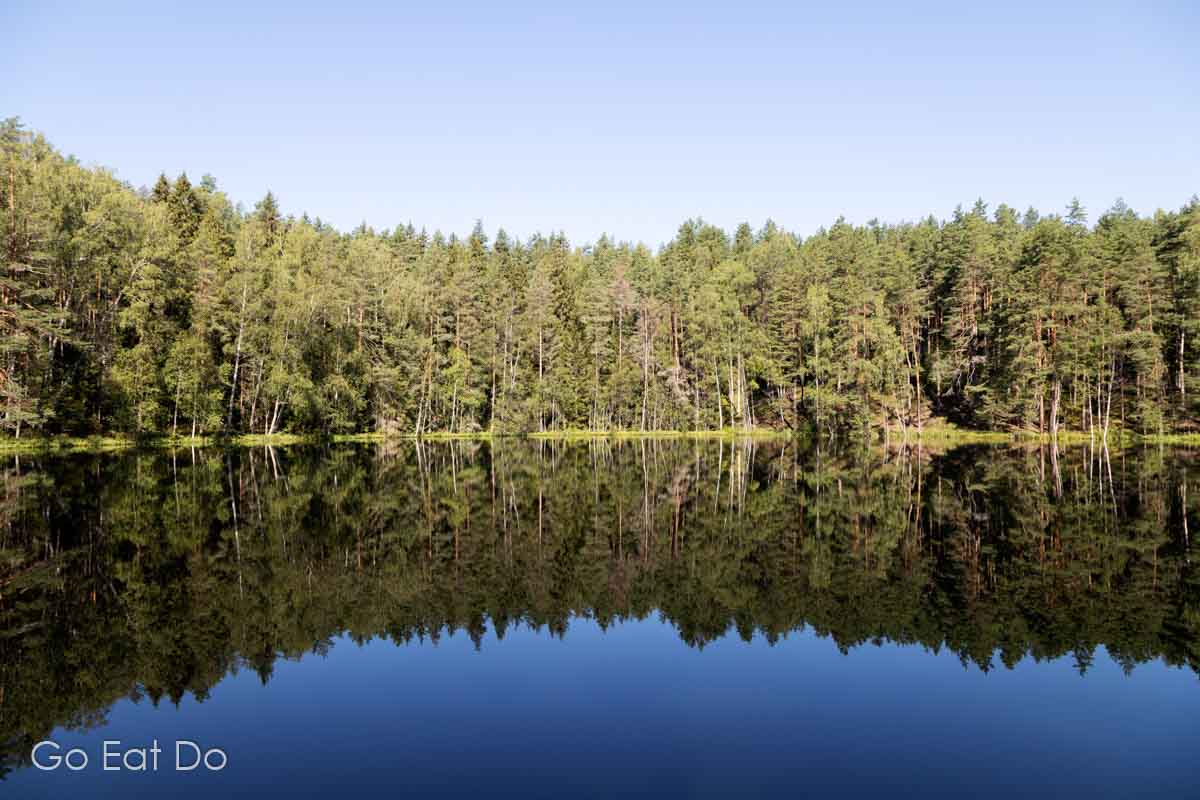
Take to the slopes at Eglukalns
Enjoy winter sports? Visit Latgale in winter to experience skiing and snowboarding at Eglukalns. The mountain resort is a 30-minute drive west of Daugavpils.
Not a skier or boarder? Try snow tubing, which involves sliding downhill on a large inner tube.
Tap your feet to Latgalian music
Into music and looking for an alternative to the Eurovision Song Contest?
Liksna, 20 minutes’ drive northwest of Daugavpils along the A6, hosts Muzykus Skrytuls. The event is held every two years (in July) and is the world’s biggest Latgalian music festival.
While you’re in the area, take a walk in Liksna Manor Park. In the early years of the 19th century, the manor was the home of Emilia Plater. Plater is a Polish national hero often compared with Joan of Arc. She led an uprising against Russia in 1831.
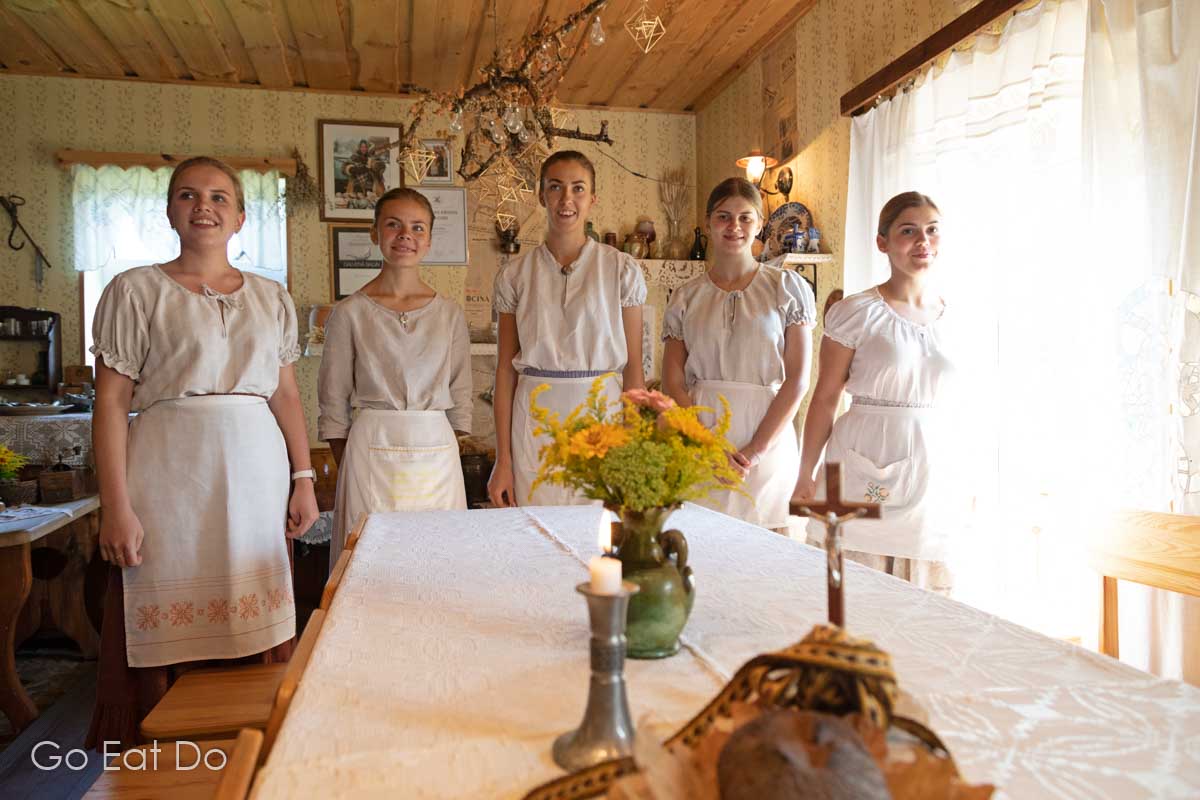
Snap a selfie by Latvia’s biggest boulder
Stuck between a rock and a hard place while seeking selfie locations in Latgale? Pose in front of the big boulder of Nicgale, approximately 30 minutes’ drive northwest of Daugavpils.
Latvia’s largest boulder measures more than 10 metres across and is surrounded by a picket fence. Follow the marked woodland trail to the famous rock, six kilometres west of Nicgale.
Nicgale’s boulder is almost twice the length of the region’s second-largest, in Saliena.
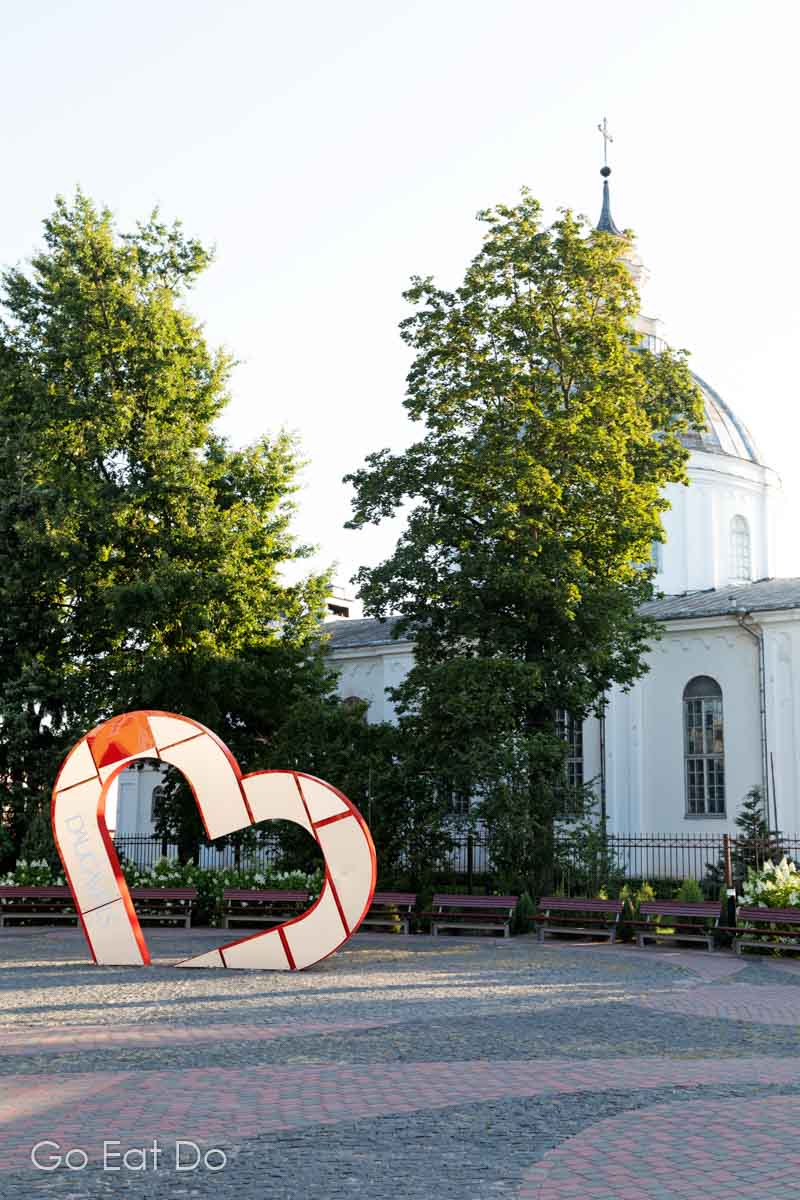
Explore military history in Latgale
Why not visit the World War One bunkers located close to Daugavpils? The Eastern Front, nicknamed ‘the line of life and death’, crossed the Daugavpils district.
One historic remnant is the fort at Sudmali, where you can see a concrete pillbox now covered by moss.

Tank it in eastern Latvia
View the private collection of restored Soviet military vehicles displayed at Svente Manor. The collection includes a T-34 tank and other armoured cars.
Pop inside the childhood home of Rainis
The childhood home of Rainis, Latvia’s national poet, is at Berkenele.
Born in 1865 as Janis Plieksans, the celebrated poet, playwright and politician played a key role in Latvia’s national awakening. He lived until 1929.
You can also view a bust of Rainis outside of the Daugavpils University.
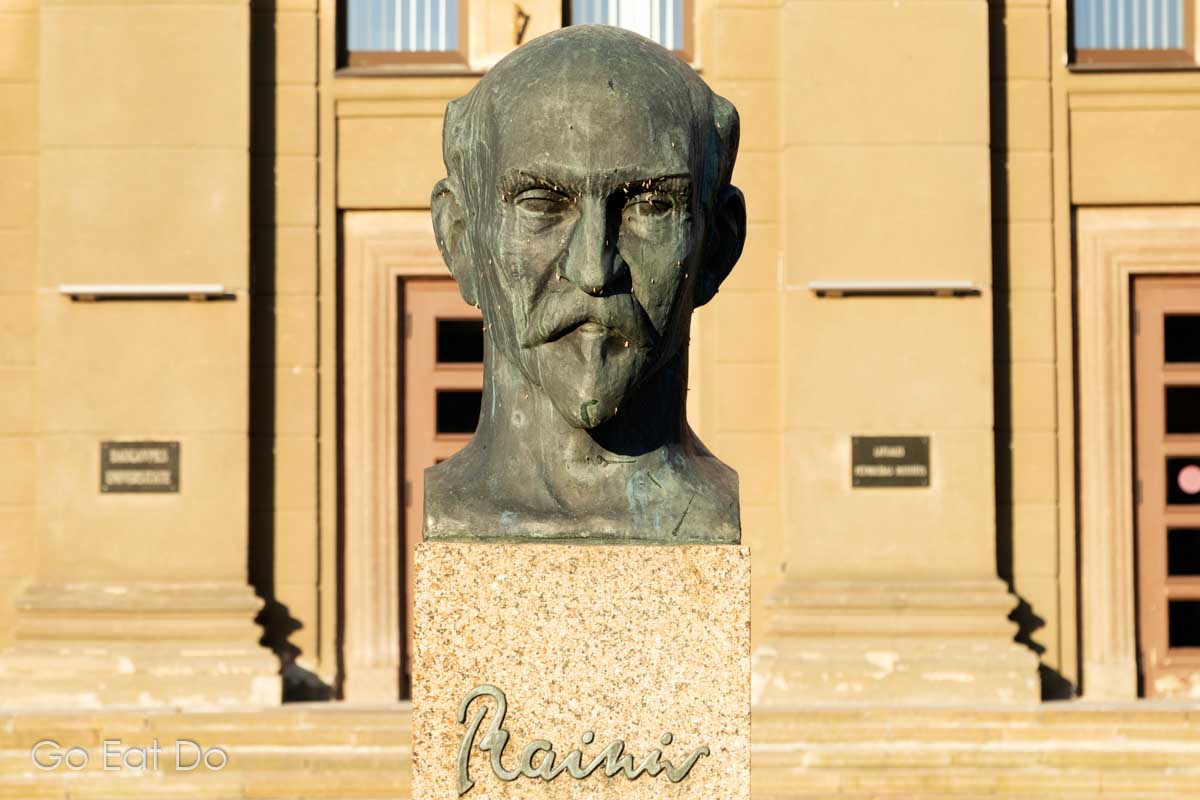
Celebrate the midsummer solstice
Want an alternative to celebrating the midsummer solstice by watching ‘druids’ at Stonehenge?
Viski, near Lukna Lake, hosts live music on an outdoor stage. Party and wait for the sun to rise on midsummer’s day.
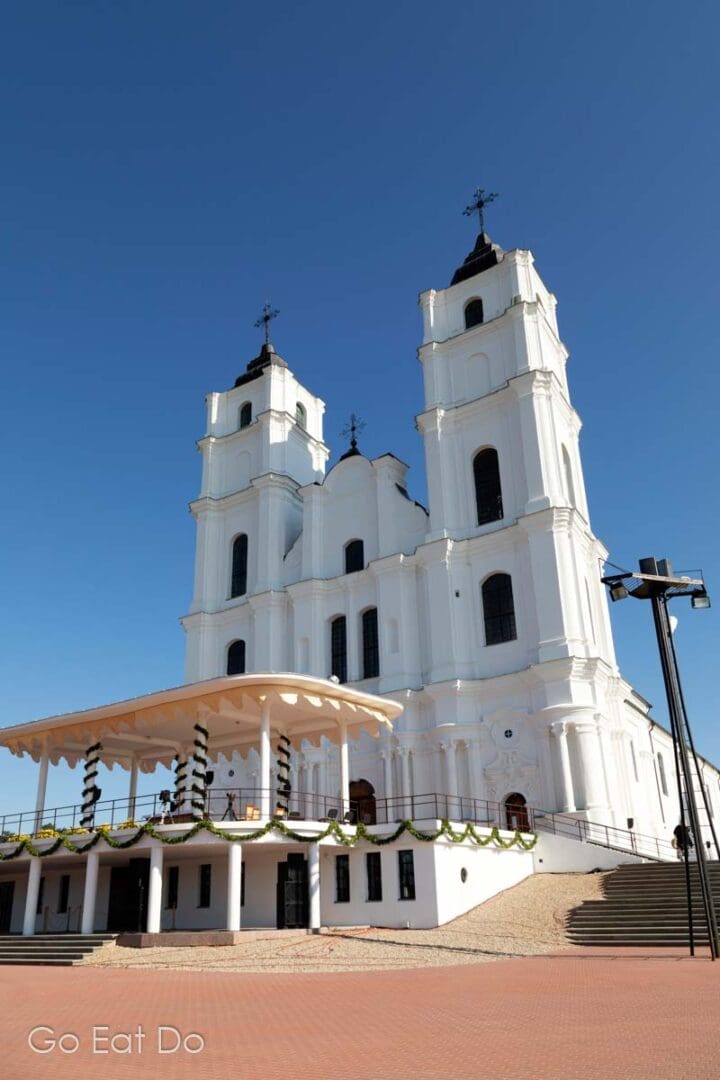
Go to church
One of the best views of Daugavpils is from the Martin Luther Cathedral’s observation platform. One of four places of worship on Church Hill, the brick building dates from 1893 and housed a boxing gym during Soviet times.
Step inside the nearby St Boris and Gleb Cathedral to view Russian Orthodox icons. The cathedral was constructed in the early 20th century as a place of worship for soldiers stationed in the city, then known as Dvinsk.
The Church of the Assumption of the Blessed Virgin Mary at Silene dates from 1913 and is one of Latvia’s largest wooden churches.
Participate in sustainable tourism in Latgale
Latvia Outdoor organises outdoor activities in Latvia. Its focus is eco-friendly, sustainable tourism activities, including hiking and paddling for individuals, families and groups.
Jump from an aircraft
If you are seeking an adrenaline rush and like the idea of parachuting or skydiving, arrange a tandem skydive while you’re in Daugavpils.
Don’t expect me to join you – that’s not at all my type of activity. If we were travelling together, I’d use the time you’re in the air to photograph around Latgale.
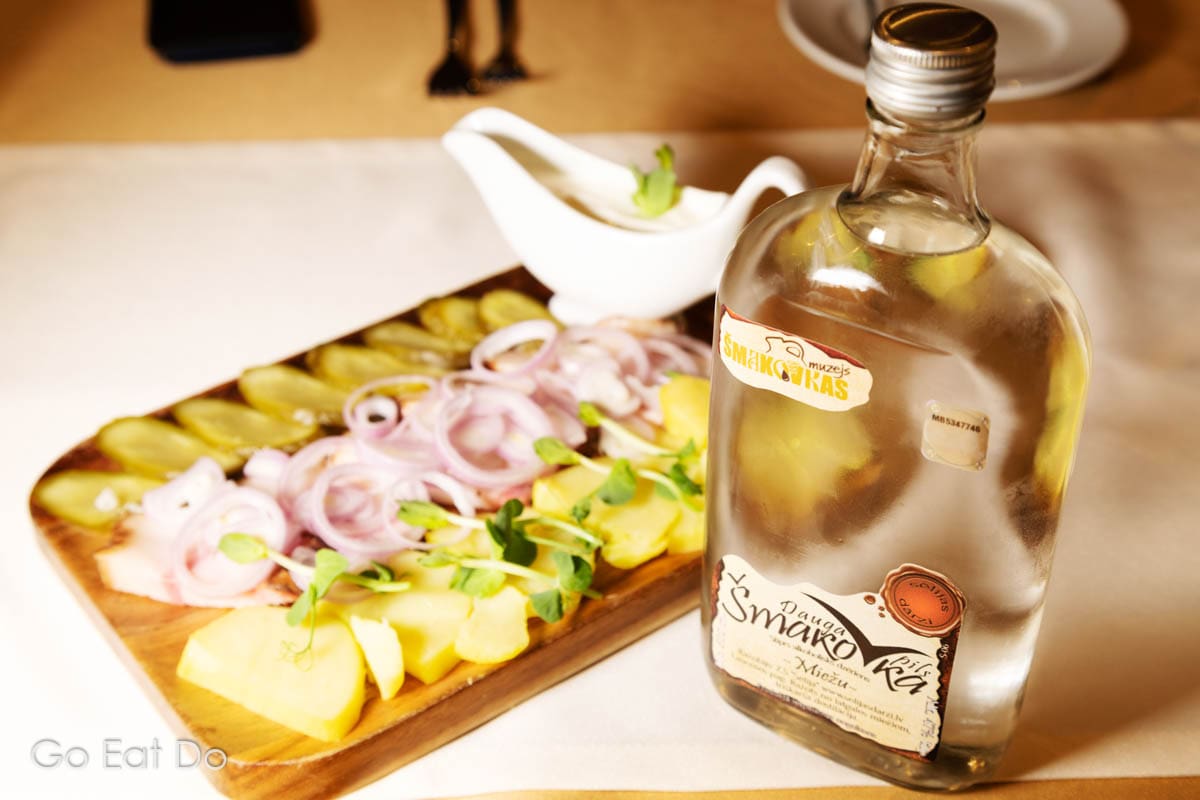
Dine in a historic manor house
Arendole Manor is a 19th-century country house in the Latgalian countryside.
Tour the manor house to get an idea of how the aristocracy lived in bygone times. Accommodation is available. Even if you’re not planning on staying, it’s worth reserving a place at the dinner table. Faijma Turlaja cooks dishes representative of those traditionally served in homes across Latgale.
Another option is Lielborne Manor in the Dagavas Loki. Set amid attractive parkland, the restaurant serves food prepared with organic, locally produced ingredients.
Spend time at Klajumi horse ranch
Klajumi horse ranch offers horse therapy and multi-day guided horse riding tours in the countryside along the Latvia-Belarus border. The tours involve overnight camping.
The 124-hectare (306-acre) farm was established in 1936. It features self-catering cottages that were renovated in 2017 and a traditional sauna.
Klajumi also features a rustic restaurant. Traditional Latgalian dishes are served on pottery from the region. It’s possible to stop by for a brunch on weekends.
Incredibly welcoming, Klajumi has well-spaced accommodation that will prove ideal if you’re looking to get away from other people.
Thinking of horse riding near the Latvia-Belarus border? A permit is required to spend time near the border in the parishes of Indra, Kaplava and Piedruja. The permits are available from the State Border Guard Office at Rüdolfa iela 5 in Riga. They’re also available from the border crossing points in Piedruja and Kaplava, and you can apply for permits online.
Take a trip to Kraslava
Kraslava is 43 kilometres (27 miles) east of Daugavpils. One of the principal tourism attractions is Kraslava Palace. Designed by Antonio Parako, the palace of the influential Plater family was completed in 1791. The Baroque landmark was subsequently redeveloped with Neo-Classical influences.
Currently under renovation, the palace’s interior walls feature traces of 18th-century paintings by J.B. Piranesi.
The Livonian Holy Order established a fortified site at Kraslava back in the 14th Century. It evolved into a manor house bought by Count Jan Ludwig Plater in 1729. The family aimed to make Kraslava the focal point of Latgale. From 1808 to 1822, it was the region’s administrative hub.
Stroll Kraslova’s Adamova nature path
Kraslava Palace’s landscaped park features a grotto and an observation platform overlooking the surrounding countryside. The platform occupies the site of the palace’s former orangerie.
It’s the starting point of the Adamova nature path, a 1.8-kilometre (1.1-mile) trail to experience Daugavas Loki Nature Park.
Look inside Kraslava Museum of History and Art
The museum occupies an 18th-century building formerly used as servants’ quarters on Kraslava Palace’s grounds. The museum has a collection of approximately 24,000 items.

One of the exhibits, aboard a wooden boat, explains the symbolism of the five oars on Kraslava’s city crest.
The coat of arms depicts a silver boat with an ornate, Viking-like prow and a single sail. Set against a blue background. Each of the vessel’s five oars represents one of the city’s five main nationalities: Latvians, Belarusians, Jews, Poles and Russians. The inclusive symbolism dates from 1925 – just two years after Kraslava was granted city rights.
Enter Kraslava’s former governor’s house
The former governor’s house in Kraslava hosts a sizable tourist information office. It’s also the base of the Latgale Culinary Heritage Centre.
You can pre-order traditional dishes for lunch or dinner. Alternative, taste several during a degustation dinner.
The upper level of the building hosts the Olga Gribule porcelain dolls collection. In addition to approximately 1,500 dolls, dolls’ houses and carriages are displayed.
Climb Kraslava’s Hill of Love
A memorial to Jozef Karnicki stands on the elevation now known as Karnicki Hill or the Hill of Love.
Karnicki entered a suicide pact with Emilia Plater, the daughter of Kraslava’s count. The pair’s hopes to marry were dashed by the count, who has plans to marry Emilia to an influential older man. They planned to kill themselves on the same day.
Jozef shot himself but Emilia was halted from jumping from a window on Kraslava Palace’s upper floor.
According to legend, a spring started flowing on the hill the day after Karnicki was buried. It’s said that anyone drinking from the spring on midsummer night will remain happy and loved.

De-stress at Silene Resort and Spa
Silene Resort and Spa is a four-star base with cottages deep in the Latgalian countryside. It features a lakeside restaurant, a petting zoo and waterside wellness treatments.
There’s a shmakovka distillery where you can learn about the region’s moonshine and participate in tastings of the spirit.
The resort is a lovely place to unwind and is well-placed for exploring Latgale.
View the landscape of the Daugavas Loki
Translating as the ‘Daugava Meanders’, Daugavas Loki is an area of natural beauty. The River Daugava takes eight sweeping curves as it flows between Kraslava and Naujene near Daugavpils.
The Daugavas Loki nature park was established to preserve the landscape and the region’s historic buildings. It was recognized by the European Union as Natura 2000 territory in 2004. That means the Daugavas Loki is acknowledged as a rare natural habitat.
Head to the observation platform on the 20-metre (66-ft) tall Lazdukalns tower to view the River Daugava meandering through Latgale’s verdant landscape. Clomping up to the viewing platform on the sixth level of the 21-metre (69-ft) tall Vasargeliski tower also offers outstanding views of the Daugava River
Don’t have a head for heights? Walking and angling are also ways of experiencing the Daugava Valley.
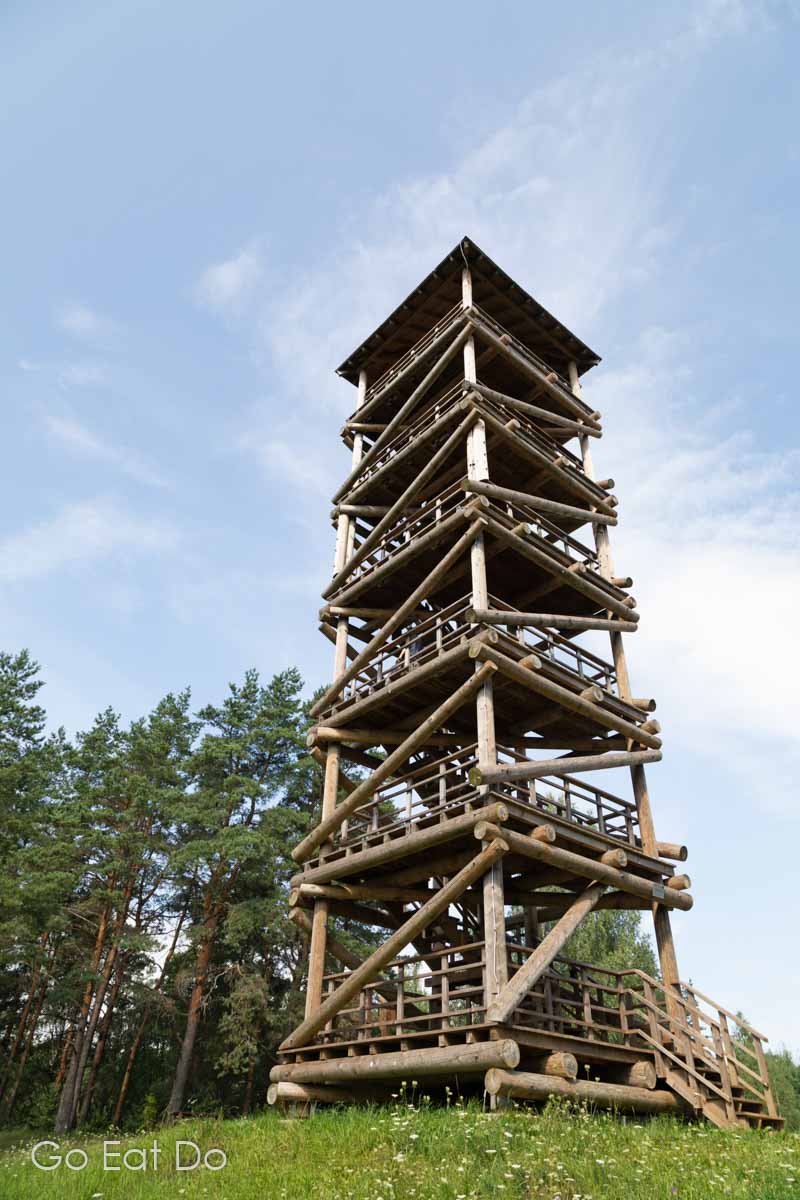
Go cycling in the Daugava Valley
Latvia’s Cycling Route 35 is one way to explore the scenery and biodiverse landscape of the Daugava Valley.
The circular cycling route runs for 128 kilometres (80 miles) between Daugavpils and Kraslava. It’s one way of exploring the region while following the eight sweeping curves of the Daugava River.

Visit the Old Believers
Old Believers follow practices that were common in the Russian Orthodox before mid-17th-century reforms. Traditionally, Old Believers live in closed communities.
At the village of Slutiski, 30 minutes’ drive east of Daugavpils, you can enter a traditionally furnished Old Believer wood-built house. Farming equipment is displayed in the neighbouring barn.
It’s possible to stay nearby in huts on a camping ground overlooking the Daugava River.
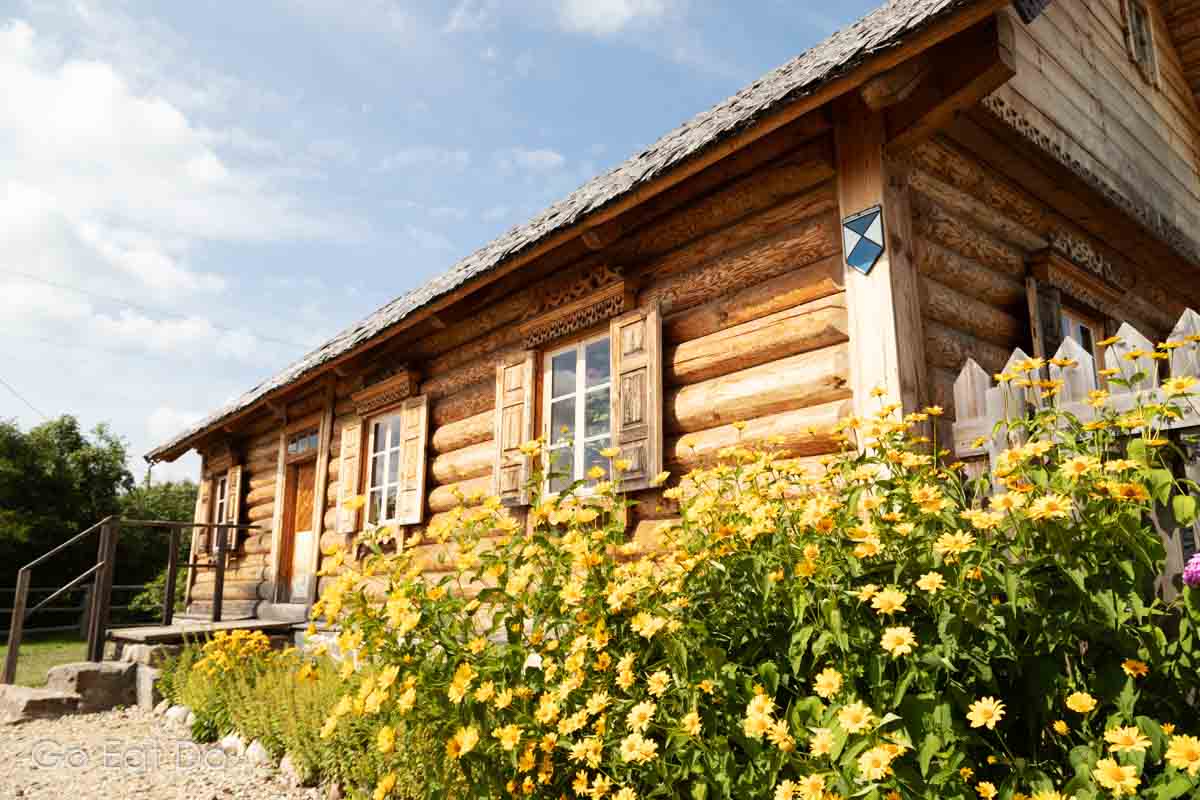
Take home Latgalian pottery
Looking for traditional souvenirs from Latgale for gifts to take home? Look no further than Latgale’s ceramics.
You can discover what makes Latgalian pottery unique at the House-Museum of Polikarps Čerņavskis in Preili. That’s also a possibility at Daugavpils Clay Art Centre, which comes under the auspices of Daugavpils Regional and Art Museum.
The traditional influences, shaping of pieces and their flowing glazes make Latgalian pottery easily identifiable.

Take a deep breath at the Bread Museum
Use your loaf, does anything smell as good as freshly baked bread? Contemplate your answer while visiting the Bread Museum at Aglona (Daugavpils iela 7).
Vija Kuldina, a master baker, dons a traditional costume and welcomes visitors to the interactive museum. You’ll find out how traditionally baked rye bread is prepared and have an opportunity to take home a loaf from the onsite shop.
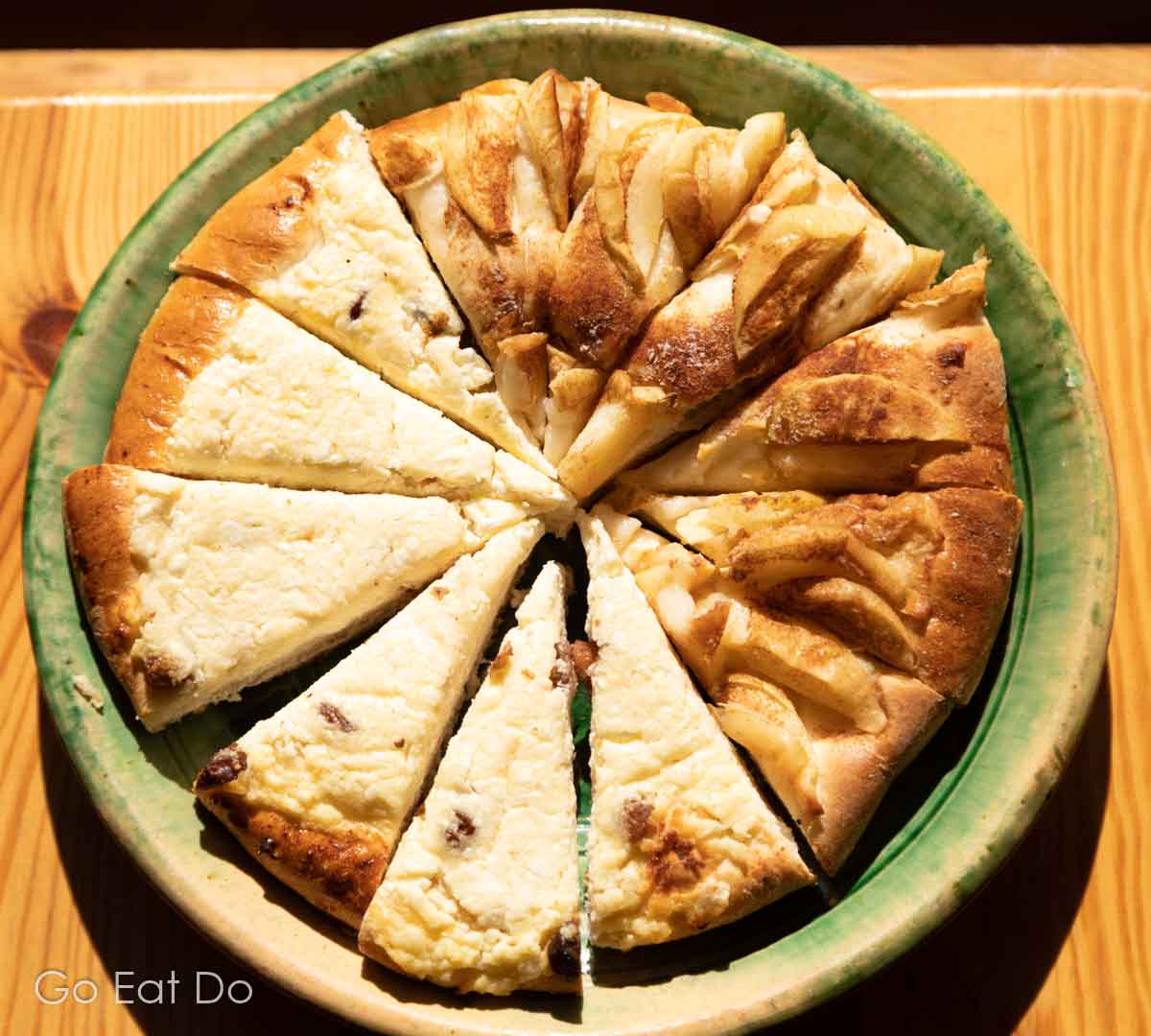
Marvel at local creativity in Preili
Even if you’re not into motorbikes, the creative works displayed at the Nester Custom Art in Preili are likely to impress.
Partly a workshop for pimping bikes, it’s also a gallery displaying sculptures and furniture ingeniously arranged from metal machine parts. Failing all else, you can sit down and sip an espresso in the cafe.
Five minutes’ drive away, stop by Preili’s Museum of Dolls. Local artist Jelena Mihailova displays artfully crafted dolls that double as in-demand collectors’ items. Cleverly composed, some are grotesque, others humorous.
The details and facial expressions are hauntingly impressive.
Have a spare half-hour while at the Museum of Dolls? Dress up in a historic costume and have your photo taken by a pro in the onsite studio.

Spend a day or two in Daugavpils
Orientate in Daugavpils by zipping around its streets on bicycles and electric scooters available for hire from the Hotel Latgola in the city centre.
The hotel stands diagonally opposite Unity House, a building completed in 1937. It hosts Daugavpils’ central library, the Latvian Cultural Centre, the city’s tourist information centre and its theatre.
Head down into the basement to visit the Shmakovka Museum. Find out about the history of Latgale’s moonshine and how it’s distilled. Get interactive and participate in a tasting after a guided tour of the museum.
The Andrejs Pumpurs Public Garden stands on the other side of Unity House. The St Alexander Nevsky Russian Orthodox Chapel stands in the garden.
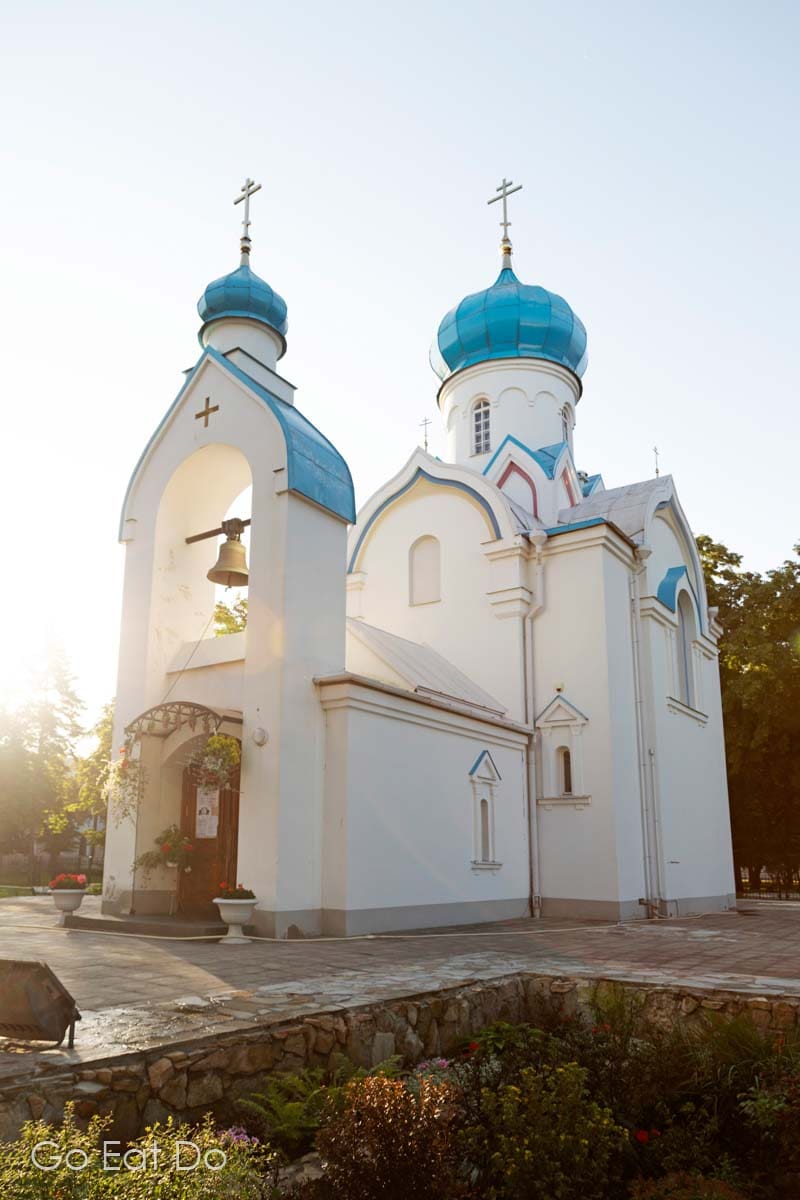
Daugavpils’ Dubrovin Park was named after Pavel Dubrovin, the city’s mayor from 1876 to 1890. A sculpture of the bowler hat-wearing dignitary walking his bulldog stands near the park’s vast fountain.
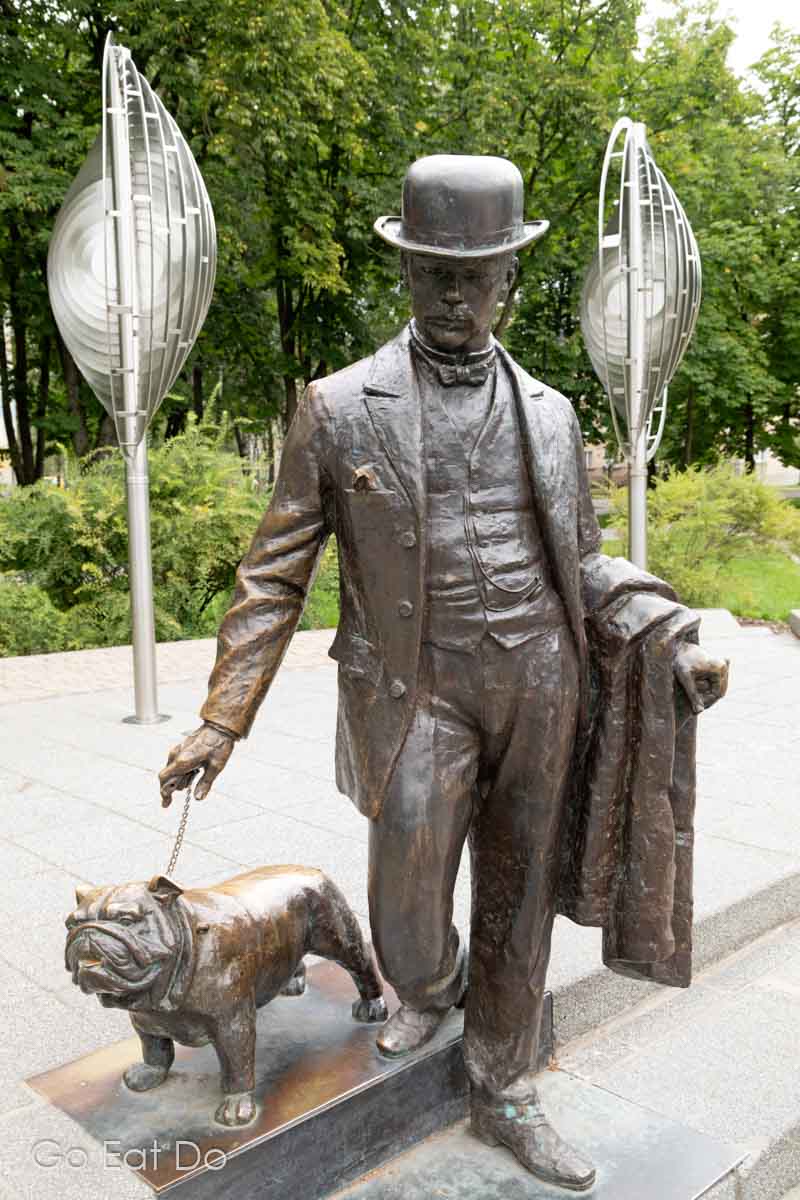
Like the Vatican City
St Peter’s in Chains, the Roman Catholic church in the heart of the city, is a scale version of the basilica in the Vatican City. An illuminated heart sculpture stands near the place of worship. It’s ideal for selfies expressing love for the city.
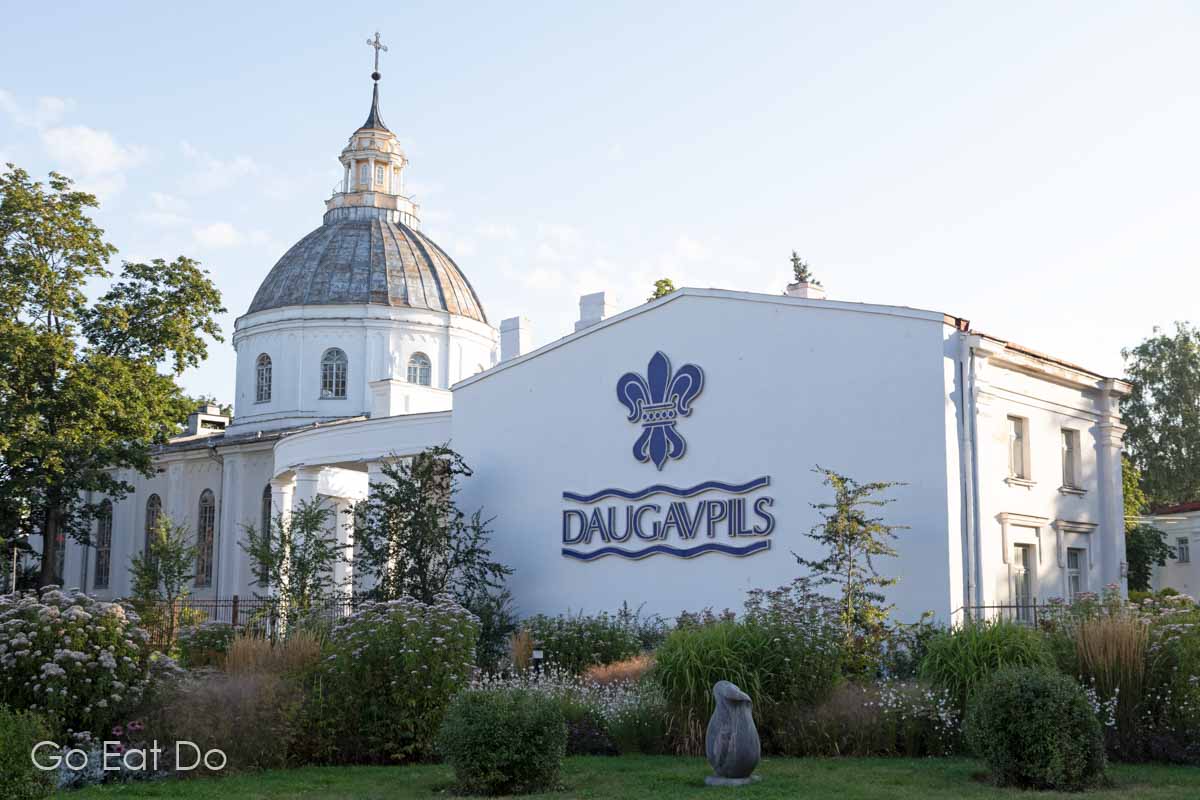
The Kadish Synagogue has a museum conveying the Jewish heritage of Daugavpils and Latgale on its upper floor.
Fancy a sauna or steam bath? Pack your swimwear and visit Daugavpils Olympic Centre, which has a 25-metre swimming pool.
Roam Daugavpils Fortress
Daugavpils’ chief tourism attraction is its fortress, built early in the 19th century. Spanning the River Daugava, the star-shaped redoubts have changed little over the past 200 years.
Information about the fortress’s history is available within the visitor centre – a former water-lifting tower. It has served as a garrison for Russian Empire troops, as a Nazi prisoner of war camp, a Jewish ghetto and a Soviet training base.
The military hospital building hosts an exhibition about historical medical treatments, including an intriguing display of contraceptive items.
A vintage furniture and reproductions store also operates within the fortress.
The arsenal has been converted into a world-class contemporary art gallery. Daugavpils’ Rothko Museum tells the story of one of the city’s most famous sons. Original works by the artist best known as an abstract expressionist are displayed. The centre also hosts temporary exhibitions by Latvian and international contemporary artists.
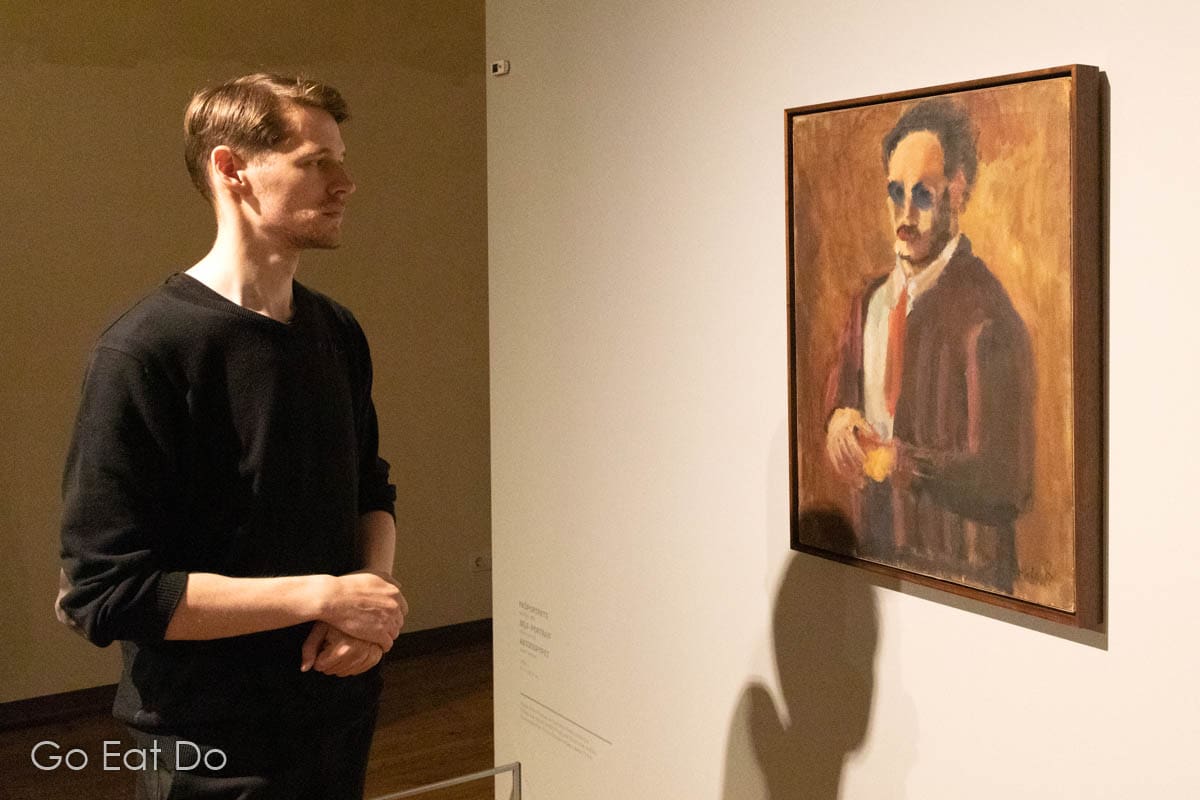
Take a shot at discovering Daugavpils’ industrial heritage
Daugavpils Shot Factory is the only factory of its kind in the Baltic states.
Production of lead shot started in 1886. With a 31.5-metre (103-ft) tower and a 19-metre (62-ft) deep well, the industrial landmark is still used to make lead shot one day a year.
Guided tours are a way of discovering how molten metal was poured to create shot used by hunters and gamekeepers. Misshapen balls are used to make weights for divers.
Have a head for heights? Climb the tower’s metal staircase to the observation platform for views over Daugavpils and the surrounding countryside.
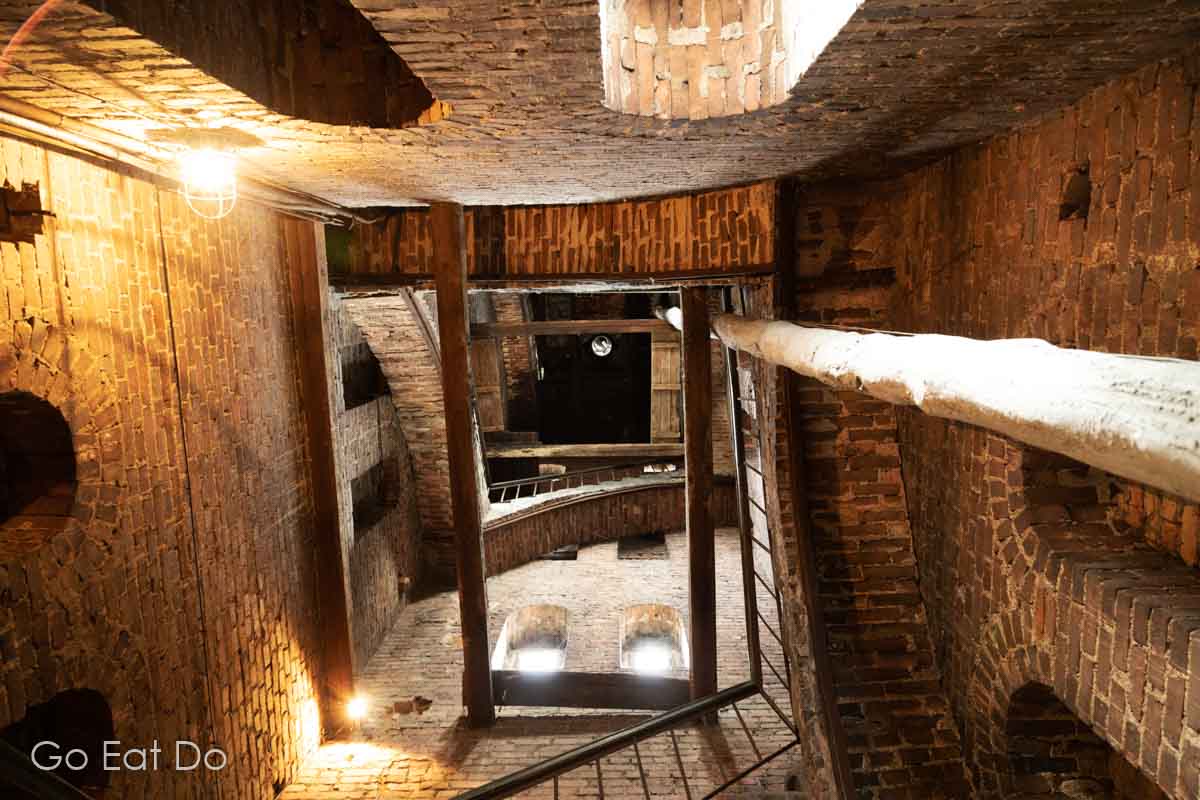
If you’d like to recommend other Latgale highlights, please post your suggestions in the comments field below.
Map of Latvia
Zoom into the map of Latvia to view destinations in the Latgale region:
Books about Latvia
Planning a trip to Latvia? The following books are available from Amazon:
Mara Kalnins’ Latvia: A Short History.
Simon Bajada’s cookery book Baltic: New & Old Recipes: Estonia, Latvia & Lithuania.
Insight Guides’ guidebook to Insight Guides’ Estonia, Latvia and Lithuania on Amazon.co.uk.
Dagnija Neimane’s tale of survival during World War Two, Flight from Latvia: A Six-Year Chronicle.
Hotels in Daugavpils
Search for accommodation in the Latgale region using the map below:
Further information
Find more information about things to do in Latgale on the Visit Latgale website.
The Visit Daugavpils website outlines key attractions in the region’s most populous city and is a useful source of practical information.
Discover more about the country on the Latvia Travel website.
Stuart Forster, the author of this post, is an award-winning travel writer. He visited the Latgale region to research this post. Visiting Latvia? You may find this post on things to do in Riga worth reading.
Photos illustrating this post are by Why Eye Photography, a food and travel specialist based in North East England.
If you enjoyed this post, please sign up for the free Go Eat Do newsletter. It’s a hassle-free way of getting links to posts once a month.
‘Like’ the Go Eat Do Facebook page to see more photos and content.
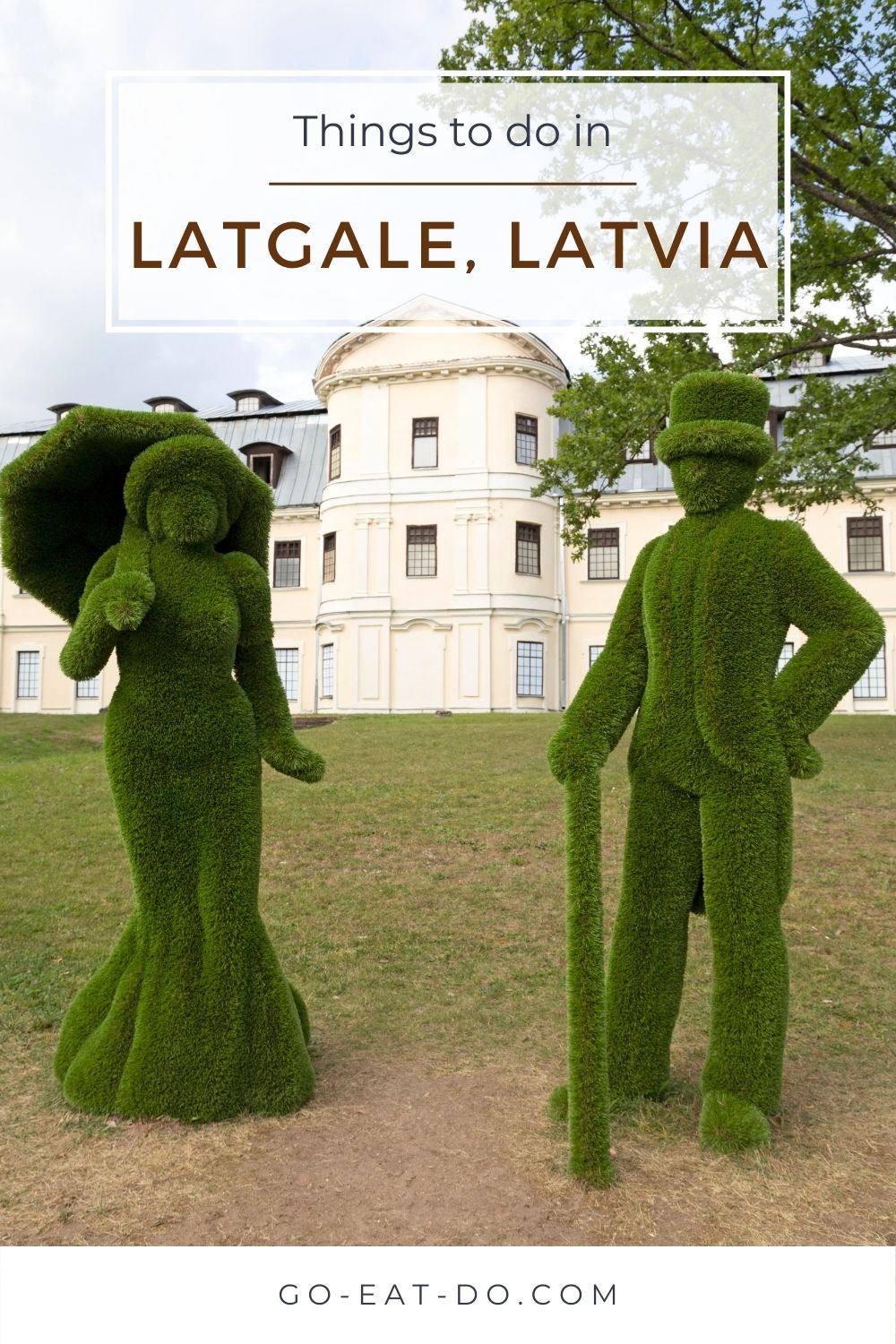




Geoff Moore
January 29, 2021 at 09:34Hey not just any man photographing from the tower! Very detailed feature.
Go Eat Do
February 1, 2021 at 12:06It is indeed Geoff Moore busy at work. It’s always a pleasure to travel with you!